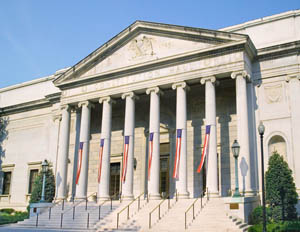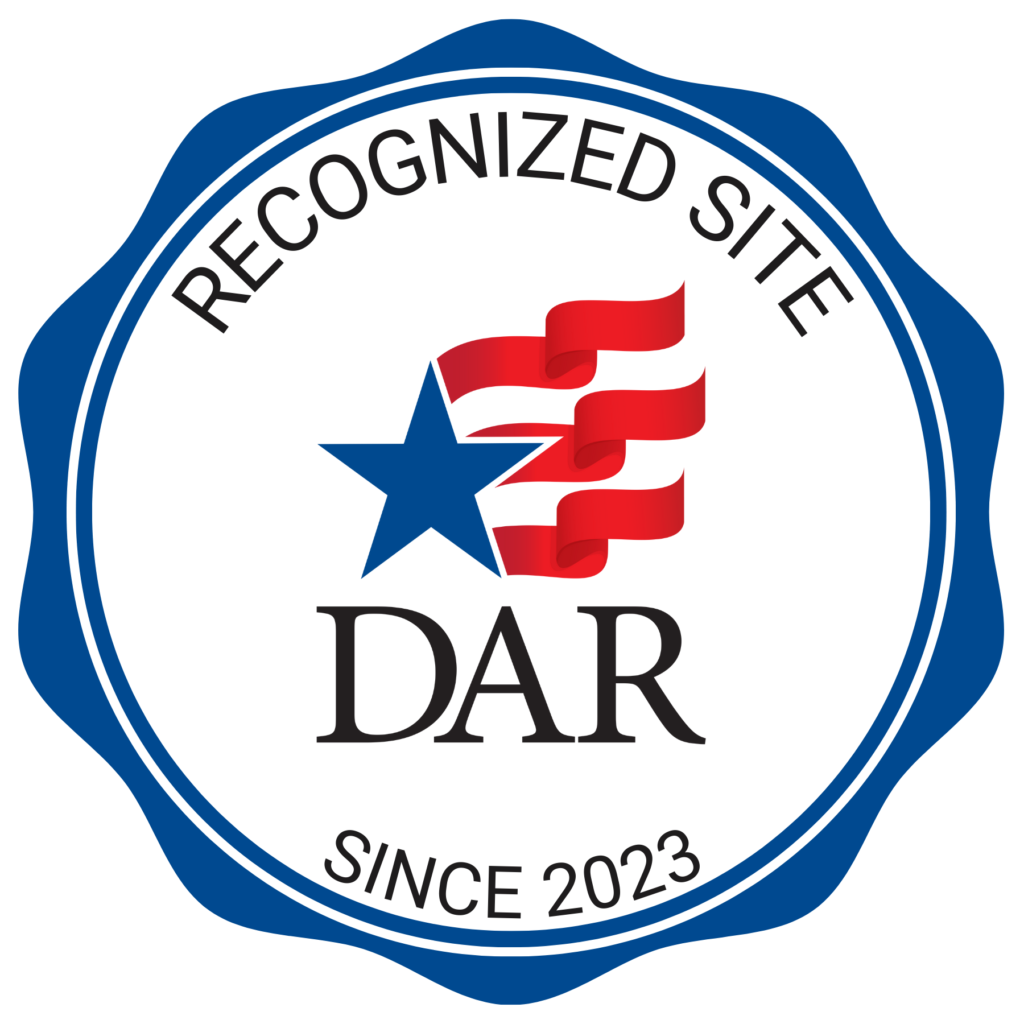Daughters of the American Revolution
The National Society of the Daughters of the American Revolution (NSDAR or DAR) is a service organization open to any woman age 18 years and older who can prove lineal descent from an American Revolutionary War Patriot. Much of the work of DAR is accomplished by volunteers in its chapters across the United States and internationally in order to promote historic preservation, education, and patriotism.
The Asthon Sosi Chapter, NSDAR, is a local chapter of DAR. Our chapter is based in Peoria, Arizona, a northwestern suburb of Phoenix. Our membership welcomes women with careers, past and present, those who have combined career and home, and those who have focused exclusively on running a household.
Contact us to learn more about joining DAR and the Asthon Sosi Chapter, NSDAR.
Our Chapter
In keeping with the purpose of DAR, chapter members work together on numerous projects in order to promote historic preservation, education, and patriotism. We all have busy lives, so our projects offer ways to contribute that fit our schedules. We keep in touch across our many service projects through monthly meetings, where we enjoy brunch, an informative program, business session, and socializing. Learn more about our activities.
We invite you to contact our chapter registrar who will help you get started in becoming a member of DAR, including tracing your heritage to find an American Revolutionary War Patriot.

Chapter Namesake
Asthon Sosi (Adz-THON So-SEE or asdzáásts`ósí) is the Navajo term for Slim Woman, a name given to Louisa Wade Wetherill, wife of trader John Wetherill, in honor of the very significant work she did on behalf of the Dine’, also known as the Navajo Nation. The chapter name was chosen by Organizing Regent Betty Phillips in 2002 to honor the work of Louisa Wade Wetherill.
In 1900, John and Louisa Wetherill opened their first trading post within the Navajo Nation lands. During one of John’s absences, when Louisa’s brother became ill with pneumonia, she was unable to communicate her need for help. After this experience, Louisa vowed to learn the Navajo language in order to be able to communicate directly with the local people.
The Navajos were astonished by Louisa’s skill in learning to speak their language and believed this was only possible if she was of Navajo heritage. They came to believe that Louisa was a descendant of a Navajo woman who had been kidnapped by the Utes many years before, and they considered Louisa and her children to be their relatives. She was given the name Asthon Sosi – or Slim Woman.
The Navajos taught Slim Woman many of their legends. Recognizing the need to record what she was learning, Louisa filled boxes with the information she was gathering. In addition to legends, she recorded the culinary, medicinal, and ceremonial uses for over 300 herbs. Louisa also persuaded Yellow Singer, a member of the Navajo Nation, to use crayons and pastels to record the ceremonial sand paintings. The information she gathered is housed in the libraries of Arizona’s universities.
When Louisa discovered the students in the government schools were being mistreated, she went to Washington, D.C., to meet with the President. This meeting is thought to have resulted in improved conditions. Louisa also served as spokesperson and interpreter when dealing with soldiers, marshals and agents, efforts that helped maintain peace. Both Louisa and John Wetherill are buried on a hill overlooking the land where their last trading post stood.
The information above is taken from a history of the chapter written by Susan Moore Teller, Founding Member and Past Chapter Regent, Asthon Sosi Chapter, NSDAR.

Request Membership Information
Website last updated: October 5, 2024
The content contained herein does not necessarily represent the position of the NSDAR.
Hyperlinks to other sites are not the responsibility of the NSDAR, the state organizations
or individual DAR chapters.
